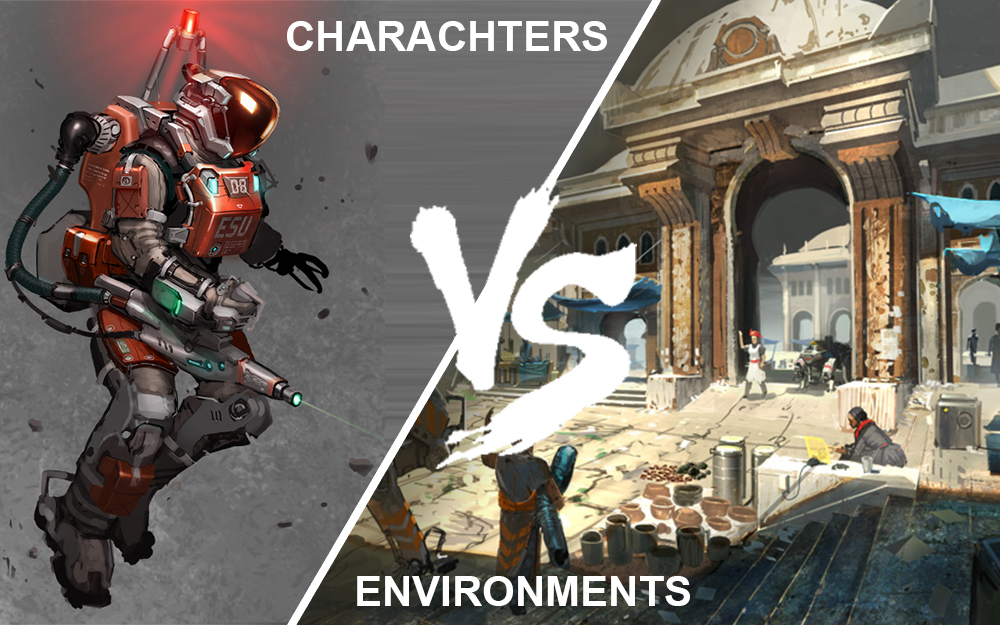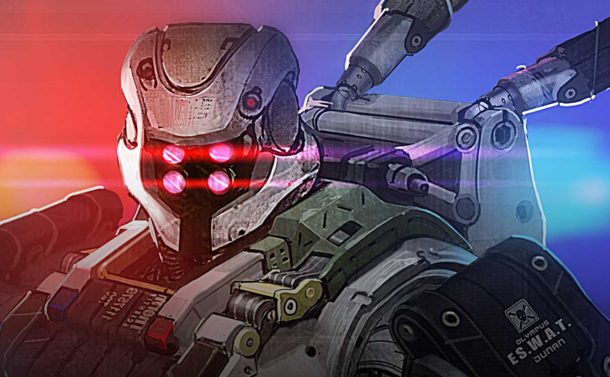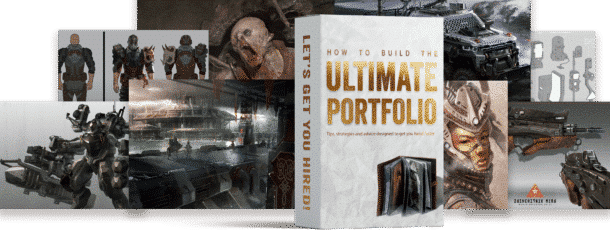
by Hector Ruiz | Jan 29, 2016 | Resources
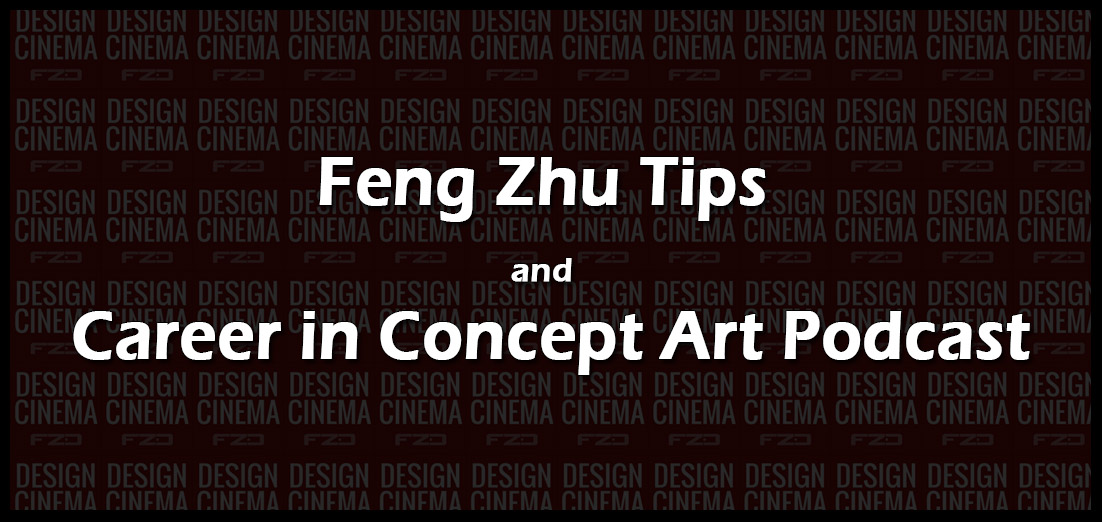
Feng Zhu Tips and Podcast Edition
This week ending 01/30/16 we have gathered some Feng Zhu online portfolio tips and his first Design Cinema Podcast episode that talks about a career in concept art. If you haven’t checkout Feng Zhu before, check out his very valuable and instructional tips and techniques on the FZD School of Design YouTube channel. Enjoy!
The link below has Feng Zhu explaining his online portfolio tips:
Design Cinema Episode 87 – Online Portfolio Tips
The link below has Feng Zhu’s podcast on having a career in concept art:
Design Cinema Podcast Episode 1 – Career in Concept Art
Want to help us grow our resources section? If a resource has helped you greatly please e-mail it to me or any suggestions
to: me@eliottlillyart.com. I will be keeping this list updated as I discover new entries. Thank you--
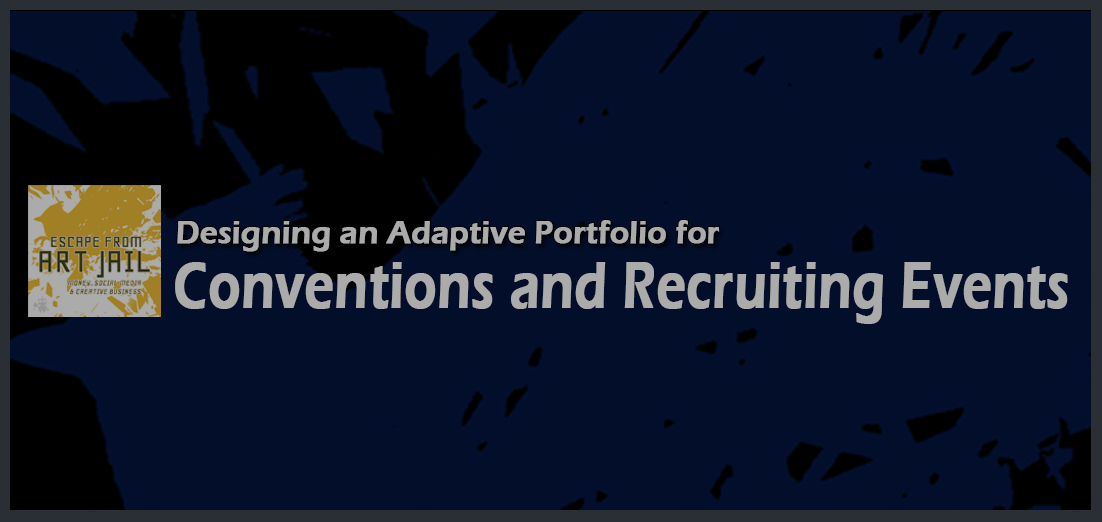
by Hector Ruiz | Jan 15, 2016 | Resources

Designing an Adaptive Portfolio for Conventions and Recruiting Events
This week ending on 01/16/16 we have gathered a resource from Chris Oatley’s YouTube channel. Designing an adaptive portfolio is a great way to keep up or communicate with the right recruiter. This podcast will talk about how a physical portfolio can be adapted in real-time to professional feedback and unexpected opportunities when attending a hiring event. Feel free to get these valuable pointers and for more, check out OatleyAcademy.
The podcast starts around the 7:30-minute mark:
Escape from Art Jail #5: Designing an Adaptive Portfolio for Conventions and Recruiting Events
In other news:
I.A. Magazine Master Classes 2016 is coming up March 18 – 20 in Paris, France. If you would like to know what this event is all about or would love to learn from 14 internationally renowned artist who are masters of their craft, click on the link below. You have to choice to purchase a video ticket if attending the event might not be an option.
I.A. Magazine Master Classes 2016

Want to help us grow our resources section? If a resource has helped you greatly please e-mail it to me or any suggestions
to: me@eliottlillyart.com. I will be keeping this list updated as I discover new entries. Thank you--

by Eliott Lilly | Oct 19, 2015 | Portfolio Advice, Questions
Question Submitted by: Sandy
FIRST OF ALL I WOULD LIKE TO SAY: ‘THANK YOU’ FOR YOUR BOOK- IT HELPED ME GAIN A GOOD INSIGHT INTO THE INDUSTRY. I’D LIKE TO KNOW IF IT’S POSITIVE OR NEGATIVE TO UPLOAD SOME PHOTOBASHED IMAGES TO MY PORTFOLIO?
Hello Sandy. I’m glad my book helped you out.
There is no right or wrong answer when dealing with photobashed images in the portfolio. It all depends on your implementation and execution of the photos in your images. If you incorporate photos successfully, (meaning your image is coherent, tells a narrative and shows off your design abilities) then it may be a positive addition to your portfolio. If however, you have used the photos poorly and the image is suffering because of it, then you may not want to include that image in your portfolio.
If you are unsure of how successful your photobashed image is, then show it to a teacher, or industry professional (you can even send it to me). Depending on the feedback, you may be able to use it as-is… or some additional modifications may be necessary.
Remember: The whole point of a portfolio is to build confidence with an unknown client by impressing them with your abilities and skills. For example, how did you build your Career in childcare? Why did you choose it? What makes you special and skilled in this industry, and if you are going to be using images, you should really be asking yourself: “Does this photobashed image represent my skill set to the fullest? Is this photobashed image accurately demonstrating my abilities as an artist?”. If the answer is “yes”, then the image will make a good addition to your portfolio. If however, your image looks like this:

… then the answer is a “No”, and you shouldn’t include this photobashed image in your portfolio since it is hard to read and understand.
One last thing to remember: Maintain a constant level of quality throughout your portfolio.
If you don’t have other images that use a similar photo bashing technique, then the one image you do have may feel out of place. The problem there, is that it may make the other images in your portfolio seem “weaker” since they are not as realistic as the one image that uses photos.
To be safe, I would survey your entire portfolio and decide what the best move for it would be, before including the single photobashed image.
Hope that helps.
If anyone has their own questions, please feel free to send an email to me@eliottlillyart.com, and I will do my best to answer them.
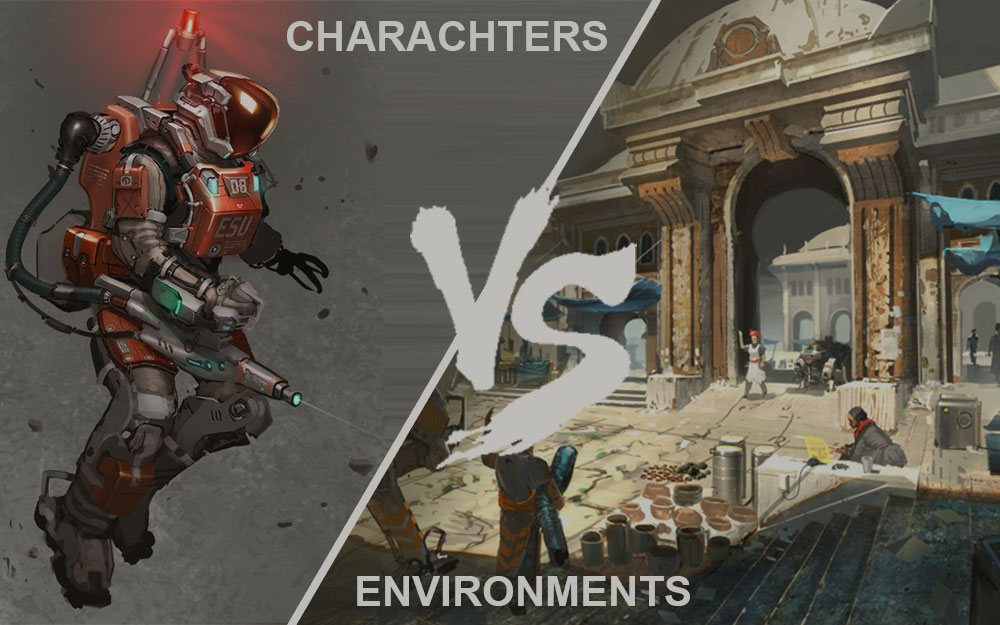
by Eliott Lilly | Oct 12, 2015 | Portfolio Advice, Questions
FIRST OF ALL I WOULD LIKE TO GIVE YOU A SPECIAL THANKS FOR THE GREAT ARTICLE ON ART STATION:
10 THINGS TO DO BEFORE YOU APPLY FOR A CONCEPT ART JOB
I REALLY ENJOYED IT AND FOUND IT VERY USEFUL. MY NAME IS HASAN SALAMAH AND I LIVE IN KUWAIT. I JUST STARTED STUDYING 3D STUDIO MAX ON MY OWN SINCE THERE ARE VERY FEW 3D SCHOOLS/ INSTITUTES WHO TEACH 3D MAX HERE. I STARTED BY DESIGNING SIMPLE CHARACTERS BECAUSE I ENJOYED IT, BUT WHAT I WANT TO ASK YOU IS: HOW CAN I DISCOVER WHAT I NEED TO STUDY IN 3D MAX? ALSO, WHAT SHOULD I STUDY IN 3D MODELING? CHARACTER OR ENVIRONMENT DESIGN OR … ETC?
THANKS.
Hey Hasan, I am glad you liked the article on ArtStation.
If you are having a hard time finding a school in Kuwait that specializes in 3D modeling, then you will have to go elsewhere to learn. While schooling can be extremely beneficial, a lot of the same information can be found online at various websites for free. Luckily the internet is your friend. Head over to my Resources Page and check out the “Schools” and “Tutorial” sections; they should get you pointed in the right direction. Just remember: self studying can be a great way to learn, but you need to remain diligent and focused in your studies, otherwise you may end up “plateauing” artistically.
While I think you should practice and learn as much as you can in all areas of 3D modeling, at some point, you will need to focus your portfolio to land a job in this industry. The good news is that you are already asking yourself the right questions such as: “What do I want to specialize in- hard surface modeling or characters?”
Everyone gravitates towards character design naturally, but the reality is that there are fewer jobs available for 3D character modelers than there are for environment modelers.
That is because in any game or movie, there may only be a handful of characters on screen, but may be 3 times more environments. That means that studios have a greater need for environment artists than character artists. As such the competition for these few character jobs is extremely high and unless your modeling skills are amazing, then you likely wont get the job. Therefore, you may want to start building your environment and props portfolio.
For a more in depth look, I suggest you check out:The Big Bad World of Concept Art For Video Games; An Insiders Guide For Students It is a guide book for students just like you and answers ALL of your questions and more. It is written for concept artists, but every word in the book holds true and is relevant for anyone who wants to be a 3d artist. Chapter 1 is an overview and describes what its like to work in the industry. Chapter 2 discusses which schools you should attend, what you should be studying and how to make the most of your education. Chapter 3 talks about the things you should be learning outside of school to cultivate your talents, and Chapter 4 discusses how to build a portfolio to get the job you want in the industry. Chapter 5 offers words of wisdom and insight from some of the leading concept artists in the industry. There’s even a recommended resources chapter in the back of the book to get you started.
I hope that helps.
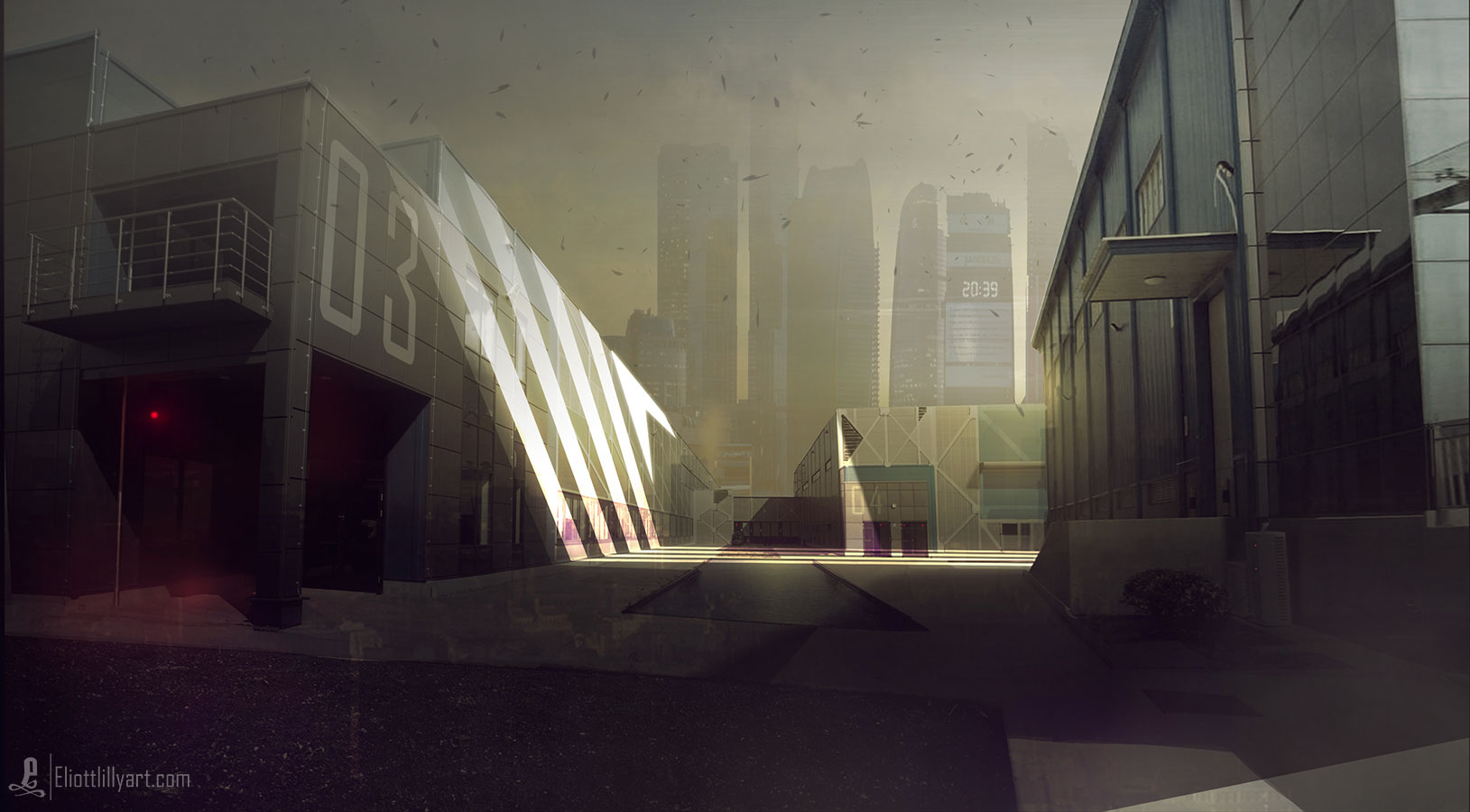
by Eliott Lilly | Jul 22, 2015 | Portfolio Advice, Questions
Here are short answers to frequent questions asked by students, about building a solid portfolio.
Is there a specific genre that is in high demand right now and companies are looking for?
No, and never follow the trends. Because they are just that- trends. They will come and go, and you may miss them entirely. Instead figure out what you love drawing, then find the companies that make those things and get them to notice and hire you.
What should I show in a portfolio? Should I show my specialty or should I show them that I can do everything?
Well, that really depends on how impressive your “specialty” is. If you are really good at that one thing, and have enough images to make a portfolio, then that’s the route I would take. If you don’t, then make more, or go the generalist route.
Would it hurt my chances if I showed something different in my portfolio from what the company is expecting/ looking for in a candidate?
Usually, yes. But there are exceptions. First, you need to know who you are dealing with. If you are applying at a first party studio that only makes one thing, then showing them artwork outside of their niche is probably a waste of time. However, if you are applying to a third party studio who puts out numerous products in various genres, in those cases it might be beneficial.
How polished should the images in my portfolio be?
A good portfolio will demonstrate the full spectrum of design. This means taking the same object and showing the process and progression from rough thumbs, to full color renders where possible. Companies want to see all of the in-betweens because they want to evaluate your thought process and see how you problem solve. That is not to say that you can’t have more fully rendered images than line drawings, but try not to overload you portfolio with one or the other. The goal is to show enough so they get idea that u can produce a lot of ideas very quickly.
If you have questions that are not answered here, leave a comment below, or send a spell checked email to eliott@eliottlillyart.com. It may take some time, but I will do my best to respond.









